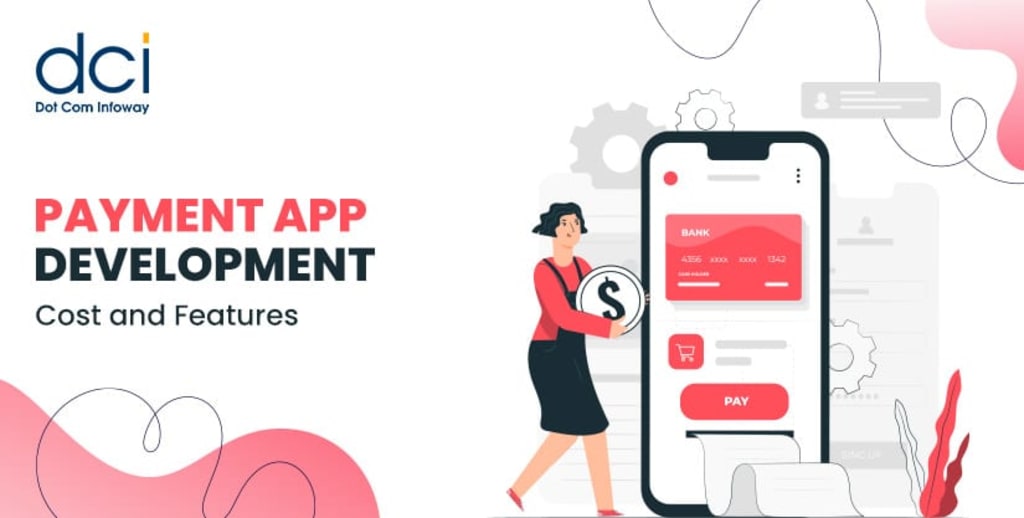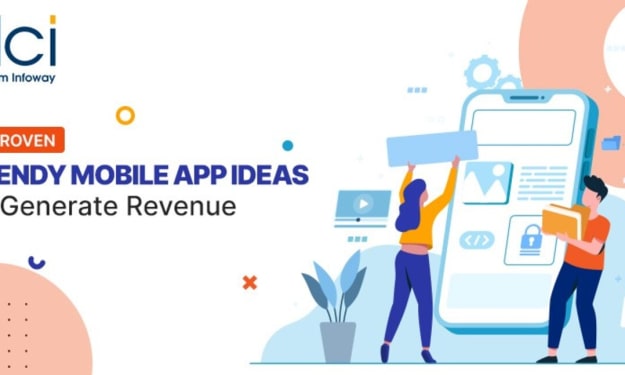
It's not surprising that one of the most popular app development projects in recent years is payment app development. The enormous income potential of payment applications is amply demonstrated by the fact that it is expected to grow to be a $4.8 billion sector by 2025 and to reach $18.84 trillion by 2030.
To have a better understanding of how to create a payment processing app overall, read this app development guide first before getting in touch with your payment app development business.
How Do Payment Apps Work?
Users can pay other users, businesses, or merchants via a payment app. Because there are no typical middlemen involved in the transaction and it is between peers (also known as users), it is frequently referred to as P2P (peer-to-peer).
How Do Payment Apps Function?
In essence, they use digital technology to enable safe and simple transactions. Making sure that every app delivers just that (and more) for users who desire a more convenient way to transfer money or pay for goods and services is a concern of mobile payment app development.
Many company owners and entrepreneurs jumped at the chance to create a P2P payment software when the popularity of cashless transactions increased during the pandemic. It's not only very quick and easy, but it's also a safer, contactless alternative.
Various Payment App Types
Identifying the precise type of app you want to produce is the first step in developing a payment app properly. What specific objectives do you have in mind as you prepare to launch your payment app? Knowing the options available to you can help you make a sound selection.
1. Individualised digital wallets
It is often referred to as standalone payment apps, which are essential in enabling autonomous and convenient financial transactions. The ability of the apps to facilitate direct transfer between users is typically the cause.
Examples include Square Cash, PayPal, Alipay, GrabPay, and a number of other well-known apps.
2. Payment Systems Integrated with Banks
Who said banks and digital payment solutions couldn't work together when creating P2P payment apps? More banking-specific payment apps provide cashless benefits while integrating smoothly with banking services and infrastructure.
The US-based Zelle app is an excellent example.
3. Apps for international money transfers
If not their mobile app version or extension entirely, we can state that these are comparable to foreign exchange services. After all, you can instantly transfer money between these applications in different currencies for normally far lower rates than you would find at most banks.
Wise and Xe are two examples.
4. Mobile users' digital wallets
These wallets are designed with smartphone users in mind, especially those who prefer contactless payments when shopping and making all of their transactions. Overall, it's a safer and more practical choice.
These advantages are being delivered at the forefront by apps like Apple Pay and Google Pay.
5. Payment apps based on social media
These applications operate within their respective social media platforms' ecosystems. It takes use of these platforms' innately high levels of engagement by putting their payment convenience directly in the hands of the users. As a result, they have the option to pay for goods and services within the social network or transfer money to friends or relatives.
Examples of this kind include WhatsApp's payment options and Facebook Pay.
Important Components to Include
The features you choose to incorporate into your payment app development are equally crucial. Be sure to bring up these essential elements with your specific payment app development services during your initial negotiations because there are some basic Payment app features that you simply cannot live without.
These functions clearly provide guidance on how to create a money transfer app, in particular.
User Login
Given the ongoing hazards in the digital world as a whole, every app encourages strong security. The majority of apps demand the sophisticated security measures that multi-factor authorization and biometric authentication offer.
Always keep in mind that when thinking about and planning to develop a payment system, you should first consider the needs of the user, especially how reliable and secure your system is.
Account Control
You need to empower users when managing their accounts. They shouldn’t have to exert too much effort in personalizing their profiles, setting notification preferences, adding/removing bank accounts, and inviting friends.
Money Transfer
When the need arises, users should be able to send and receive funds easily. Most apps, for instance, provide numerous options to swiftly search for the receiver and allow users to link with their phone's contact databases.
Crypto Transaction Capabilities
Users today cannot function without crypto transactions. They should constantly be offered as payment choices to make your selection diversified.
In-Store Payments
By making your payment app compatible with the merchant's POS (point-of-sale) system, you can enable hassle-free purchases in physical stores.
Transaction Records
If we have access to an extensive record of our transactions, we can only ever perform an accurate accounting of our expenditures. Users should be provided with all necessary information about all of their transaction data.
Expense Sharing
How convenient is it to have the option to split the bill even while using an app to pay for it? To accommodate users who enjoy going out in groups, your app should have an option for automated bill-splitting.
User Incentives
Rewards programmes draw and keep users interested, which raises the overall value of your software. Additionally, it fosters loyalty, which results in a pleasant user experience all around.
Real-time Updates
These can be accomplished by pop-up notifications that remind consumers of transaction updates, upcoming payments, etc.
Connect and Share
Since our social and financial lives are inextricably linked, including social components in your app is crucial. Emojis, interactive notes, or newsfeeds are a few examples of these.
These features demonstrate that the development of online money transfer apps follows the same user-centric path as the current Evolution of AI in mobile app development. You're probably halfway there if you keep your app's primary goals as meeting user demands (by personalising your solutions) and resolving pain issues.
Cost Estimations for Payment App Development
You should automatically receive a price breakdown from your preferred. To get an idea of the costs associated with developing a payment app, start with the following table.

Overall, the price of developing a payment app is still significantly below the typical price of developing a social media app or a mobile app in general.
Naturally, the features you wish to incorporate and your own objectives will have the biggest impact on the payment app development process and how long it takes.
Conclusion
Overall, Payment App Development emphasises user convenience, much like any other type of mobile app development. Given that we have all since learned about the extraordinary advantages of payment apps, anyone may be the target in this situation.
Once you've chosen a user-centric strategy, all that's left to do is assess your budget, conduct testing, and stay true to your objectives. Your preferred mobile app development business should be quick to emphasise the significance of these elements.





Comments
Martin is not accepting comments at the moment
Want to show your support? Send them a one-off tip.